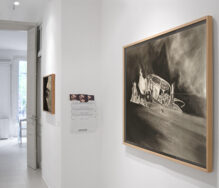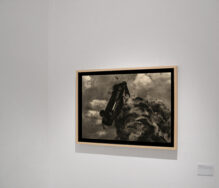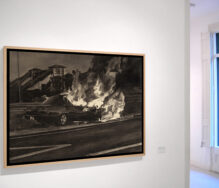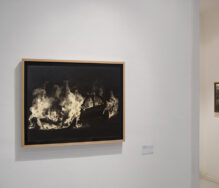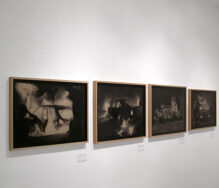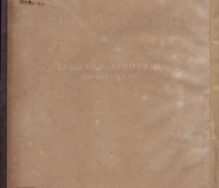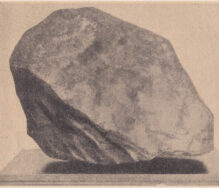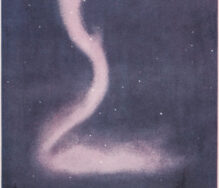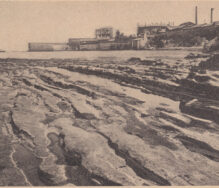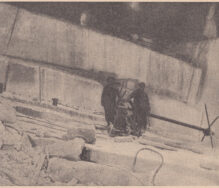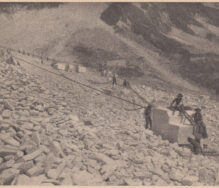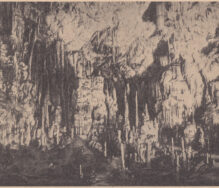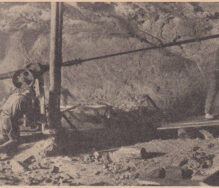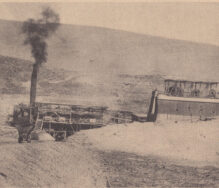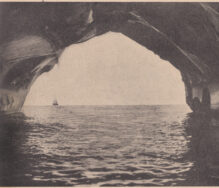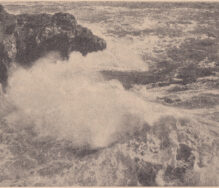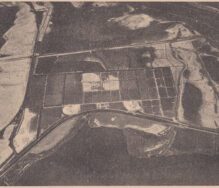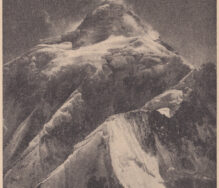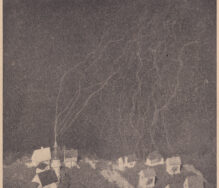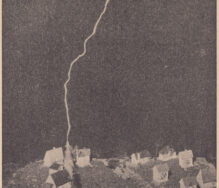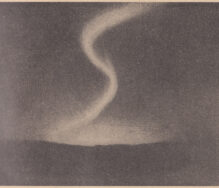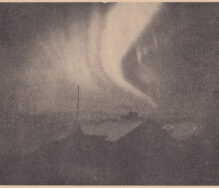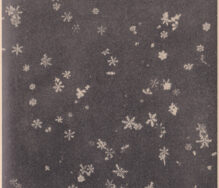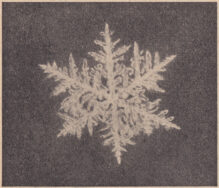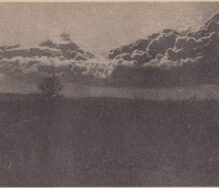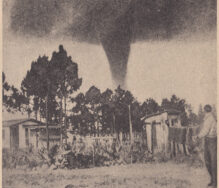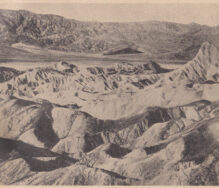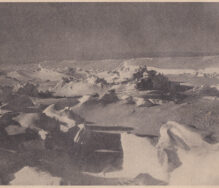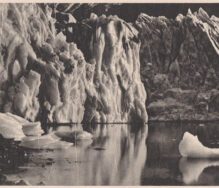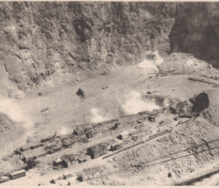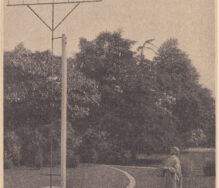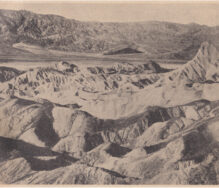Image is revealed, unveiled, and sometimes even rebels. We push it, we sense it and we pursue it, we recognize it where it is barely glimpsed, we build it in that illusion of appearance, of projection, of design, of story. We should better understand that its destruction is inscribed in its condition, that its fragility and poverty give it meaning, beyond trying to fix it.
Blog
Revelations 2013-2019
Solo show at El quadern robat
November 15th, 2022 – març 10 th, 2023
—
Borderline situations are those in which no measure allows them to be resolved. In the existential philosophy of Carl Jaspers, human beings reach their own limits through the experience of suffering, guilt, fate, the devastation caused by fruitless struggles and a lack of trust in the world. Jaspers was the first to use this concept in philosophical terms in 1919, and since then – in fact throughout the history of humanity – the human being has had to pass through an infinite number of borderline situations, and it is in this transit that changes can occur, both advances and retrogressions. Thomas Hobbes, in his Leviathan, laid out the foundations of the modern state. A state where civil law governs society in order to exercise control, but the right of some contradicts that of others, and this inevitably leads to conflict. Society, based on competition and exclusion, aims to maintain cohesion through a police state that defends above all private interests, disintegrating community ties. Without a doubt, the image of a car on fire is a prime exponent of a borderline situation: cars were burned in France in the 1981 riots in the suburbs of Lyon, and in the social upheavals of 2005, which started in Paris and quickly spread to other cities in Europe. But beyond that, the image of a burning car is a symbol capable of changing our mood and placing us immediately in a danger zone, in the awareness of having reached a borderline situation.
Precisely, the protagonists of Toni Giró’s Revelacions series are burning cars. This is an unpublished series, made between 2013 and 2019. Giró is placed on the edge of the abyss, absorbed in an image that generates repulsion for him, but which at the same time irresistibly attracts him. It is the seduction of the dark corner, which, using perverse mechanisms, makes people condemn the burning of cars, but does not question the facts that have caused it. And this is the perversion of the system, which uses the violence it generates to justify itself and therefore perpetuate itself. For this reason, in this series of drawings, technique and theme merge: the chiaroscuro achieved by working with graphite powder with hands, cloths or erasers, underlines the moral ambiguity of the effects of borderline situations. They are drawings that do not describe but interpret.
Toni Giró (Barcelona, 1966) holds a degree in Fine Arts from the University of Barcelona. His work has been seen in Barcelona, Berlin, Copenhagen, Prague, Madrid, Montpellier, New York and Valencia, among other cities. Among his most recent exhibitions we highlight Nothing is possible, everything moves at the Reus Reading Center (Tarragona), and L’obsolet absolut at Can Manyé, Espai d’Art i Creació, Alella (Barcelona) running from november 4th of 2022.
El quadern robat
Blog
Natural History (work in progress). 2021
Contact
tgirof(at)gmail.com
Punt crític, el zenit, un breu minut de plena possessió de les formes. L'agulla de la bàscula tremola imperceptible. El correcamins persegueix el seu destí.



